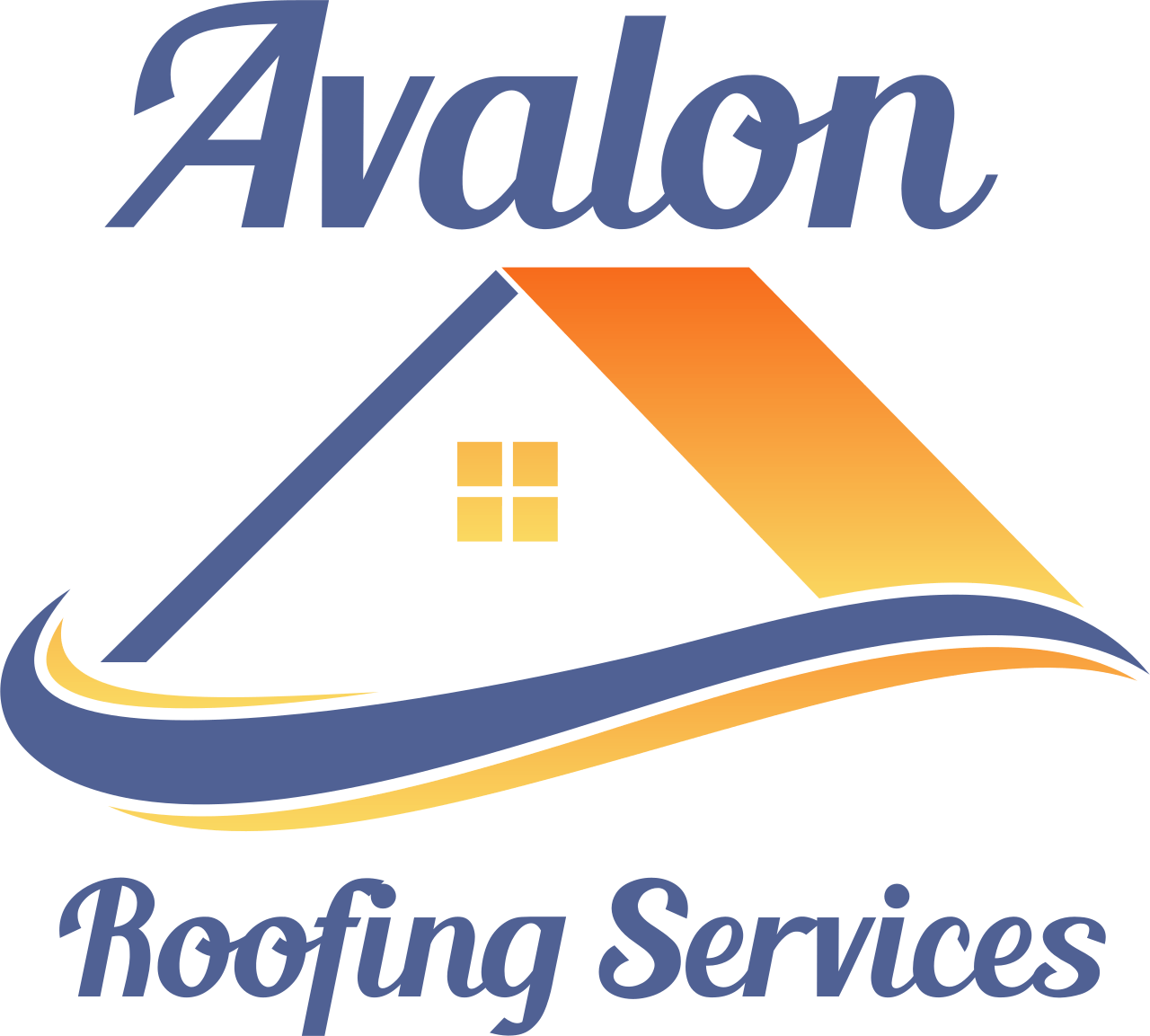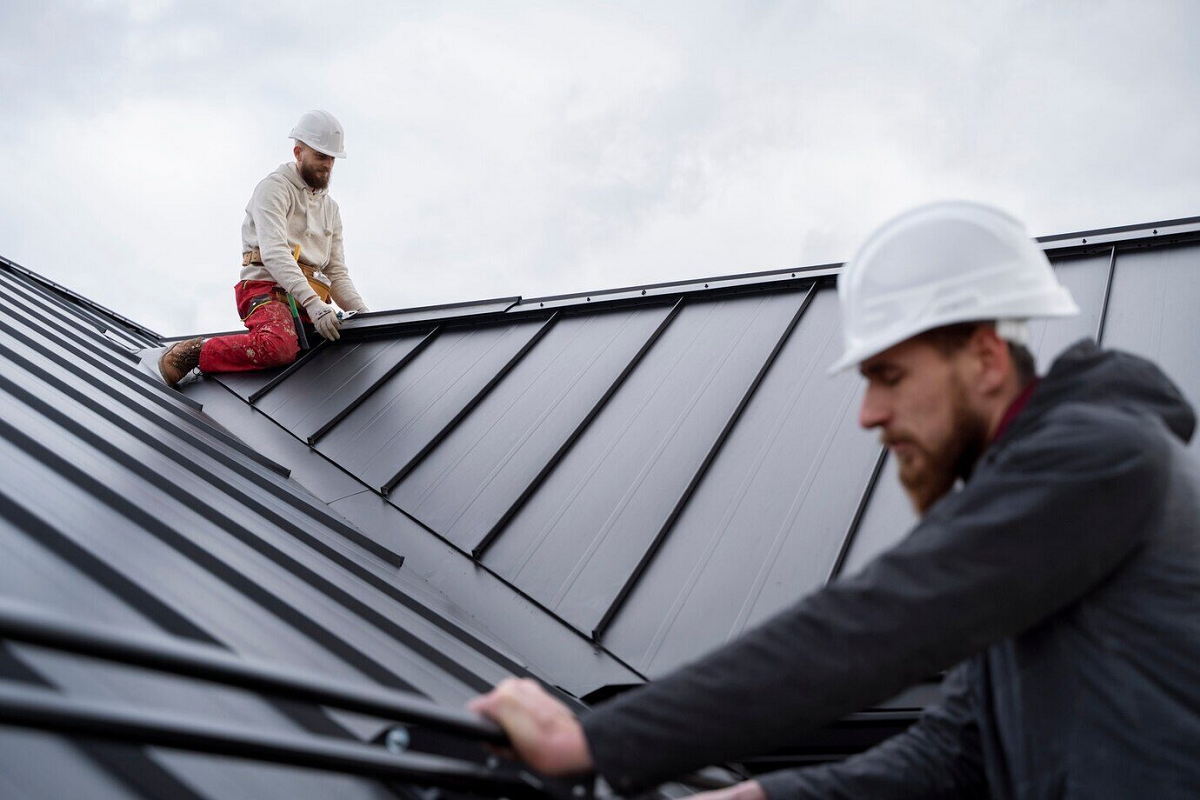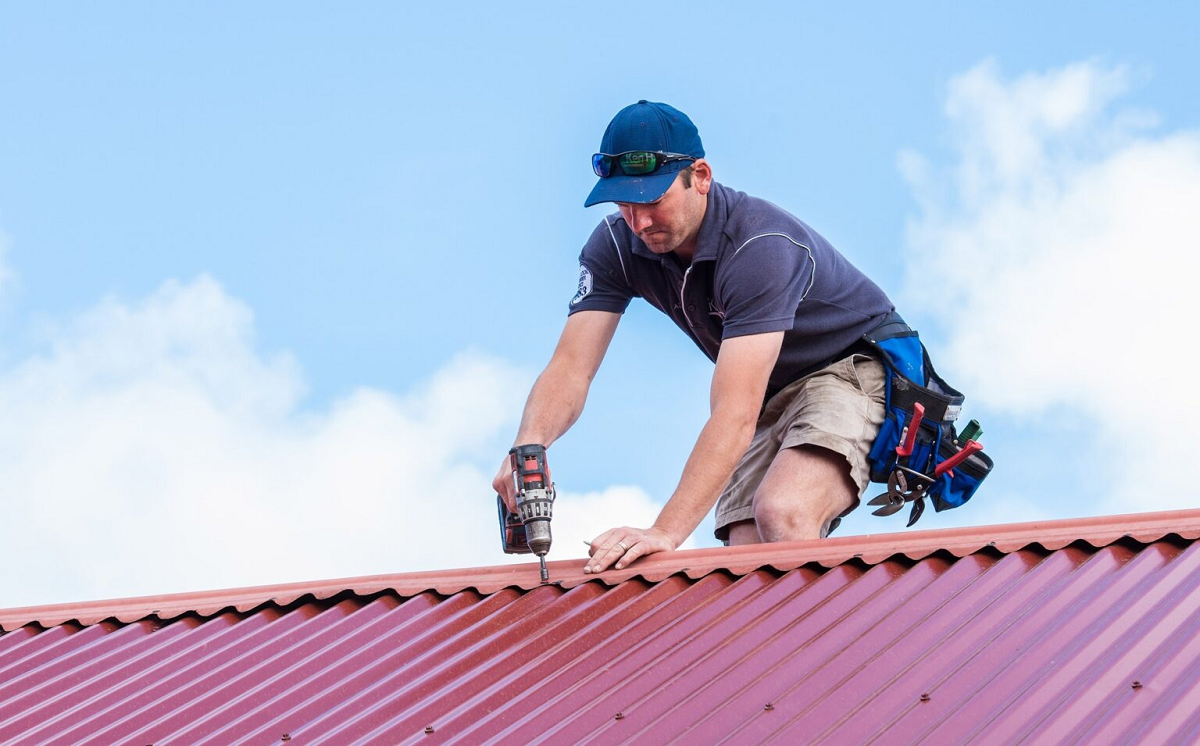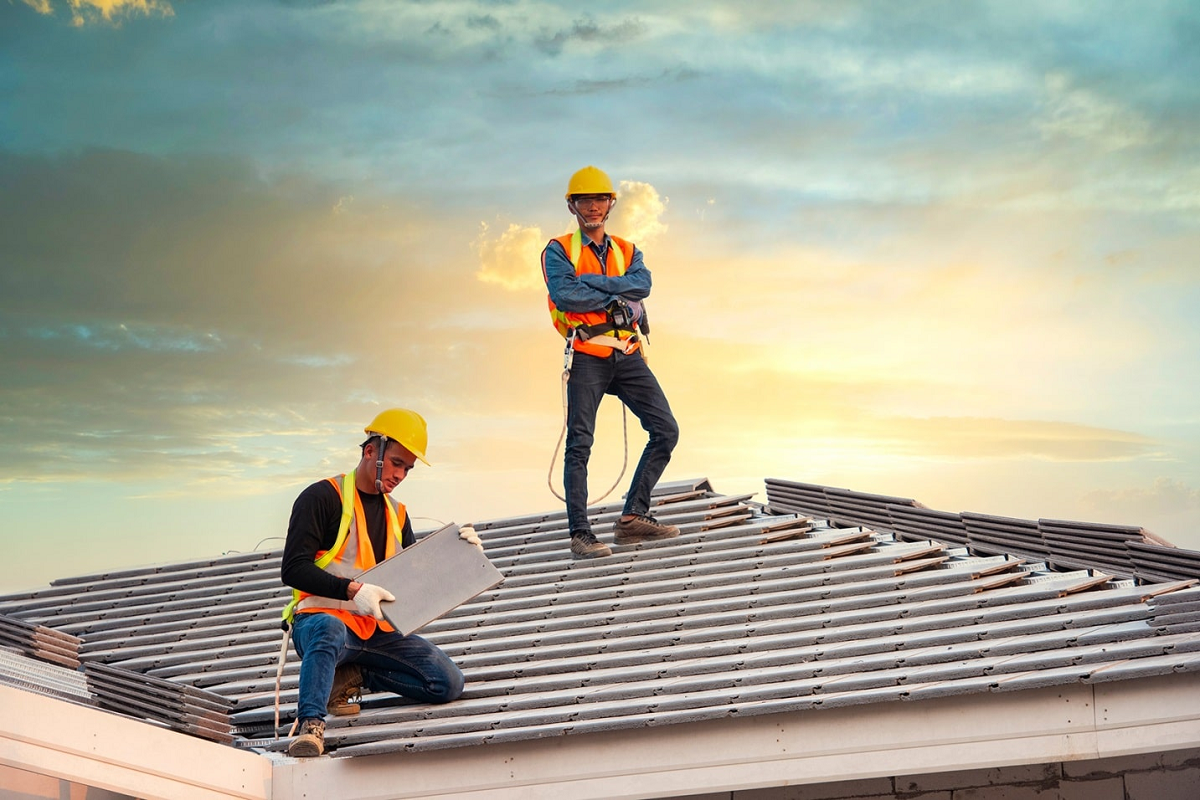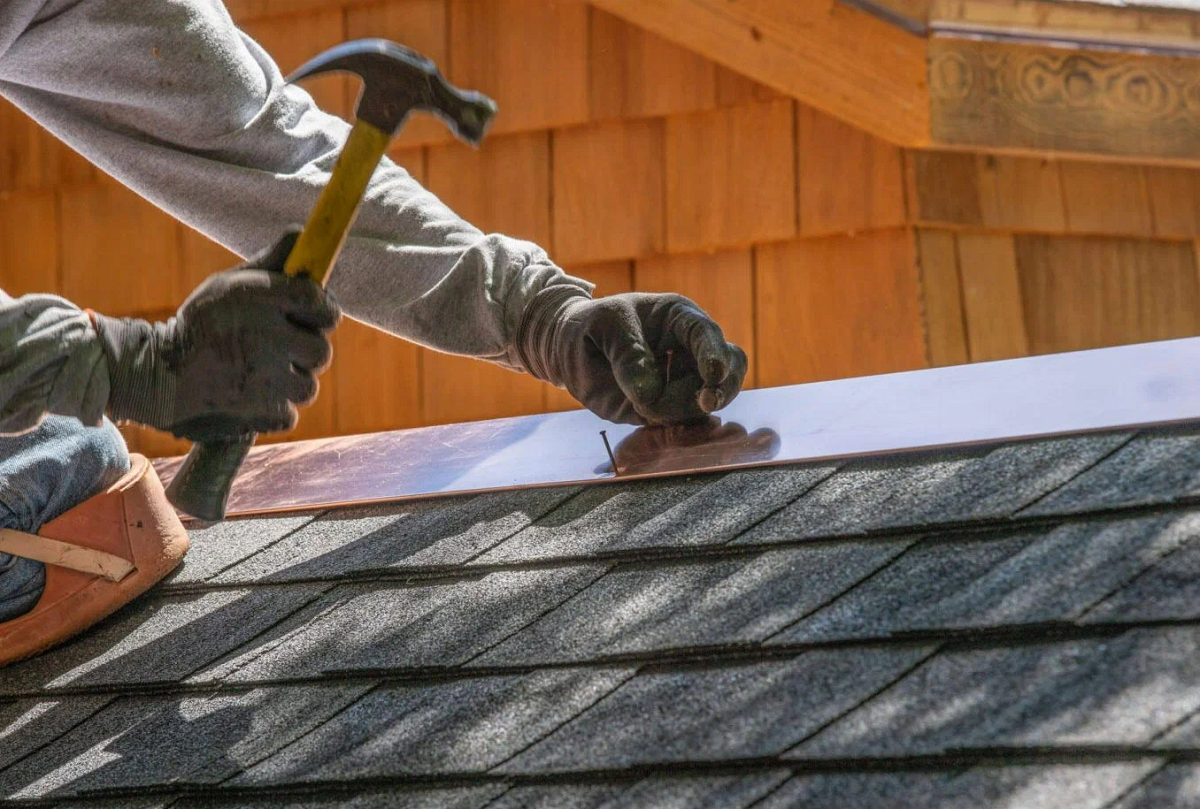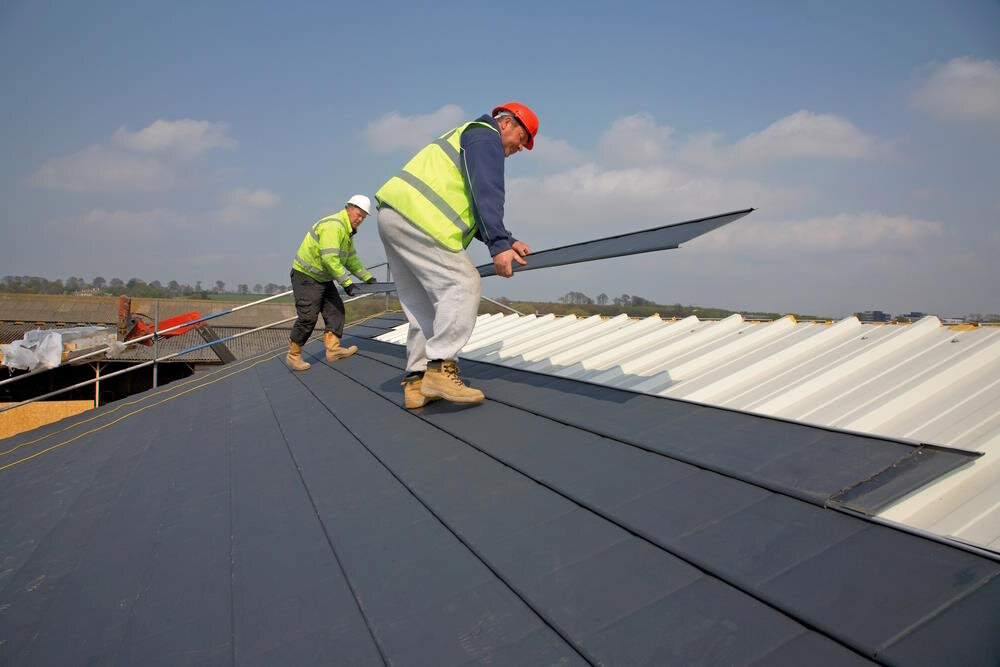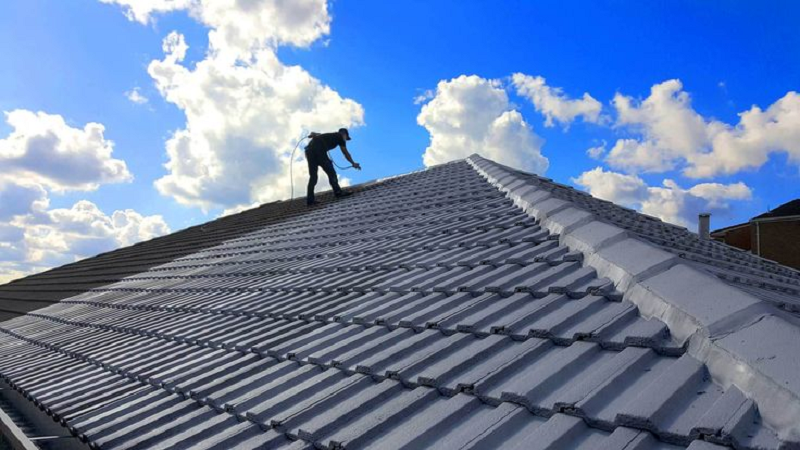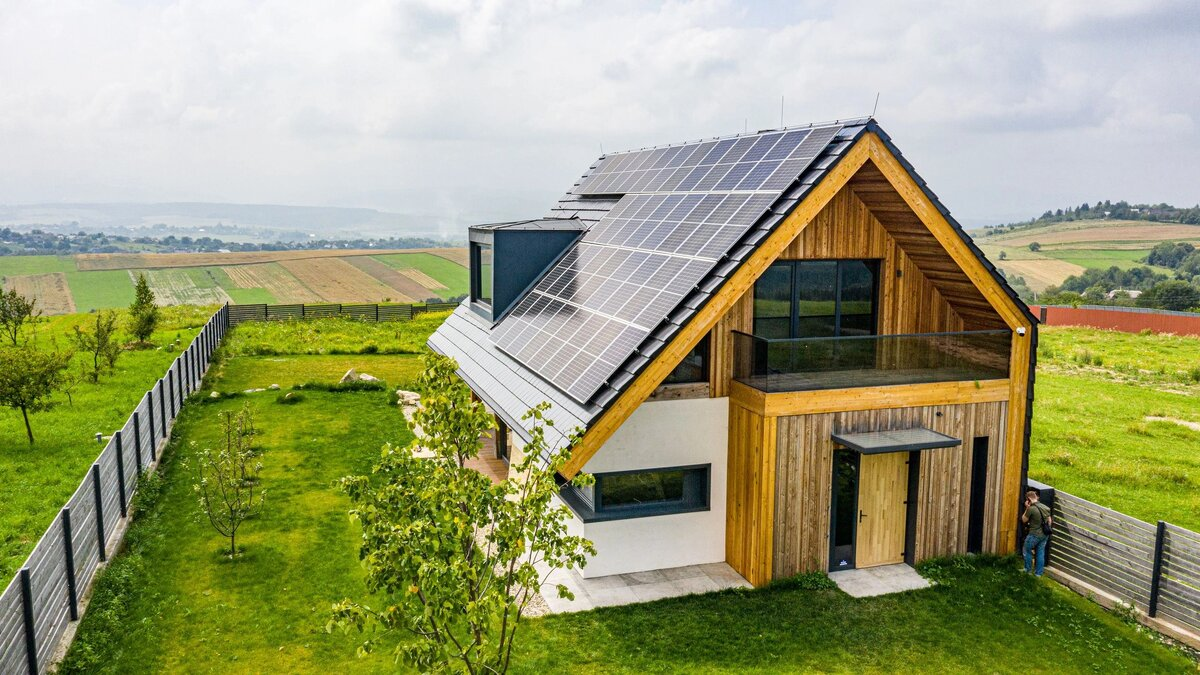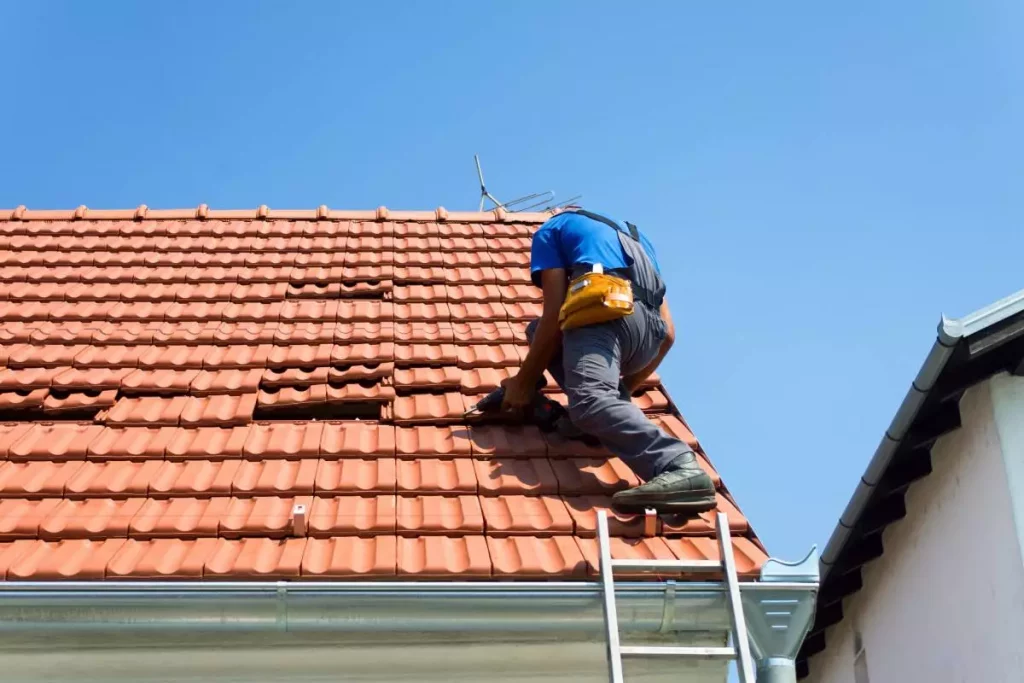Roof Coating 101: Avalon's Guide To Extended Roof Life
Welcome to Avalon's Guide to Extended Roof Life! In the world of homeownership, one of the often-overlooked but crucial aspects is the maintenance of your roof. As the first line of defense against the elements, your roof deserves special attention to ensure its longevity and resilience. This blog post dives into the realm of roof coating – a transformative solution that not only safeguards your roof but also extends its life, offering a myriad of benefits.
Roof coating is more than just a protective layer; it's a shield against the wear and tear inflicted by harsh weather conditions, UV rays, and time itself. Whether you're a seasoned homeowner or a first-time buyer, understanding the basics of roof coating can empower you to make informed decisions about your property's maintenance.
In this comprehensive guide, we'll explore the definition and composition of roof coatings, the various types available in the market, and the multitude of advantages they bring to the table. From increased energy efficiency to significant cost savings, roof coatings are a smart investment for any homeowner.
But how do you know if your roof needs coating? We'll discuss the telltale signs of wear and tear that indicate your roof is in need of some extra care. Additionally, we'll guide you through the process of selecting the right roof coating for your specific needs, considering factors such as your roof's material, local climate, and budget constraints.
Whether you're contemplating a do-it-yourself approach or considering professional services, we'll weigh the pros and cons to help you make an informed decision. Join us on this journey as we unravel the intricacies of the roof coating process, share maintenance tips to prolong the coating's effectiveness, and showcase real-life success stories that highlight the transformative impact of roof coating.
Your roof is more than just shingles and beams – it's a crucial component of your home's structural integrity. Let's explore how roof coating can be the key to unlocking an extended and resilient roof life, ensuring your home remains a safe and comfortable haven for years to come.
Understanding Roof Coating
Understanding roof coating is crucial for homeowners looking to enhance the longevity and performance of their roofs. Roof coating is a protective layer applied to the existing roofing material to shield it from various environmental elements. It acts as a barrier against the damaging effects of UV rays, extreme weather conditions, and other external factors that contribute to roof deterioration.
Roof coatings come in different types, each with its unique composition and benefits. Acrylic coatings, for example, are water-based and offer excellent UV resistance, making them suitable for areas with prolonged sun exposure. Silicone coatings, on the other hand, provide superior water resistance and are highly durable, making them ideal for regions with frequent rain or snowfall. Polyurethane coatings offer a robust protective layer that is resistant to abrasions and chemicals.
The primary benefits of roof coating include the extension of the roof's lifespan, increased energy efficiency, enhanced weather resistance, and cost savings. By preventing the penetration of water and reducing heat absorption, roof coatings mitigate the risk of leaks, water damage, and the formation of mold or mildew. Additionally, the reflective properties of some coatings contribute to lower energy bills by reducing the heat absorbed by the building.
Homeowners should be attentive to signs that indicate the need for roof coating, such as visible wear and tear, discoloration, and increased energy bills. Choosing the right roof coating involves considering factors like the roof material, climate, and budget constraints. Whether opting for a do-it-yourself approach or hiring professional services, the correct application process is critical for optimal results.
In essence, understanding roof coating empowers homeowners to make informed decisions about maintaining and protecting one of their property's most vital components. With the right knowledge, individuals can choose the appropriate coating for their specific needs, ensuring a longer lifespan for their roofs and minimizing the need for extensive repairs or replacements.
Signs Your Roof Needs Coating
Visible Wear and Tear:
- Peeling or cracking of the existing roof material.
- Noticeable damage to shingles, tiles, or other roofing components.
- Signs of erosion, especially on flat roofs.
Leaks and Water Damage:
- Water stains on the ceiling or walls inside your home.
- Persistent leaks or water infiltration during heavy rainfall.
- Damaged flashing around chimneys, vents, or skylights.
Fading and Discoloration:
- Faded or discolored roofing material, which may indicate UV damage.
- Loss of granules on asphalt shingles, leading to a dull appearance.
- Uneven coloration across the roof surface.
Increased Energy Bills:
- A sudden spike in heating or cooling costs.
- Poor insulation efficiency, leading to temperature fluctuations in the home.
- Lack of reflective properties causing excessive heat absorption.
Age of the Roof:
- Roofs that are approaching the end of their expected lifespan may benefit from coating to extend their durability.
- If your roof has not been coated before and is showing signs of aging, it might be a good time to consider the application.
Mold or Moss Growth:
- Presence of mold, mildew, or moss on the roof surface.
- Accumulation of debris and organic matter that promotes the growth of harmful microorganisms.
Loss of Granules:
- Granules in the gutters or downspouts, particularly common with asphalt shingles.
- Granule loss can reduce the roof's protective capabilities against the elements.
Cracked or Damaged Sealant:
- Cracked or missing sealant around joints, vents, and flashings.
- Damaged sealant can compromise the roof's ability to keep out water.
Sagging or Uneven Roof Surface:
- Visible sagging or uneven areas on the roof.
- These structural issues may indicate weakened support or water damage, which can be addressed through coating.
Frequent Repairs:
- If you find yourself constantly repairing leaks or addressing issues with your roof, coating can provide a more long-term solution.
If you observe one or more of these signs, it's advisable to consult with a roofing professional to assess the condition of your roof and determine if coating is a suitable solution. Regular inspections can help catch these issues early, preventing more extensive damage to your roof.
The Roof Coating Process
Roof Inspection:
- Thoroughly examine the current condition of the roof.
- Identify any existing damage, leaks, or areas requiring repair.
Cleaning and Preparation:
- Remove dirt, debris, and moss from the roof surface.
- Cleanse the roof of any existing coatings or sealants.
- Ensure the roof is dry and free of moisture before proceeding.
Surface Repair:
- Address any identified issues, such as cracks or damaged areas.
- Replace broken or missing shingles, tiles, or roofing materials.
Priming the Surface:
- Apply a primer to enhance adhesion of the coating.
- Choose a primer compatible with the selected roof coating.
Choosing the Right Coating:
- Select an appropriate roof coating based on factors like roof material and climate.
- Consider acrylic, silicone, or polyurethane coatings based on specific needs.
Application of Roof Coating:
- Use a high-quality roller, brush, or spray equipment for even application.
- Follow manufacturer guidelines for the recommended number of coats.
Ensuring Uniform Coverage:
- Pay attention to details to guarantee every inch of the roof is covered.
- Avoid uneven thickness that may compromise the coating's effectiveness.
Curing and Drying:
- Allow sufficient time for the coating to cure and dry completely.
- Consider weather conditions that may affect drying time.
Quality Control Checks:
- Conduct a final inspection to ensure the coating adheres uniformly.
- Address any missed spots or irregularities promptly.
Post-Application Recommendations:
- Advise against foot traffic or heavy activities on the roof during the curing period.
- Provide guidelines for regular maintenance to extend the life of the coating.
Maintenance Tips For Coated Roofs
A. Regular Inspections
- Scheduled Check-ups: Establish a routine for inspecting your coated roof at least twice a year, preferably in the spring and fall.
- Visual Examination: Look for signs of damage, such as cracks, blistering, or peeling. Pay attention to any areas where the coating may seem thinner or uneven.
- Gutter Inspection: Examine gutters and drainage systems to ensure they are clear of debris. Proper water flow is crucial for maintaining the effectiveness of the roof coating.
B. Cleaning and Washing
- Mild Cleaning Solutions: Use a gentle cleaning solution, such as mild detergent mixed with water, to clean the roof's surface. Avoid harsh chemicals that might degrade the coating.
- Soft Bristle Brush or Low-Pressure Wash: When cleaning, use a soft-bristle brush or a low-pressure power washer. High-pressure washing can damage the coating and compromise its protective properties.
- Biodegradable Roof Cleaners: Consider using environmentally friendly, biodegradable roof cleaners to remove dirt, mold, and algae without harming the coating.
C. Repairs and Touch-ups
- Prompt Repairs: Address any issues immediately after inspection. Small damages, such as cracks or punctures, should be repaired promptly to prevent them from becoming larger problems.
- Matching Coating: When performing touch-ups, ensure that the coating used matches the original one. Consult with the coating manufacturer or a roofing professional for guidance on the appropriate product.
- Sealant Application: Apply additional sealant around protrusions, such as vents and chimneys, to reinforce areas prone to water penetration.
D. Sustainable Practices
- Vegetation Control: Trim overhanging branches and remove any accumulated leaves or debris to prevent damage and maintain the coating's integrity.
- Proactive Pest Control: Keep an eye out for signs of pests, as they can compromise the roof coating. Implement measures to control pests and avoid infestations.
- UV Protection: Consider applying a UV-resistant coating or reflective granules to enhance the roof's resistance to ultraviolet (UV) rays and extend the life of the coating.
Implementing these maintenance tips will help ensure that your coated roof remains in optimal condition, providing long-lasting protection for your home or building. Regular attention and proactive care will contribute to the longevity and performance of the roof coating.
In conclusion, your roof is more than just a covering – it's a vital component of your home's longevity and energy efficiency. "Roof Coating 101: Avalon's Guide to Extended Roof Life" has equipped you with the knowledge to make informed decisions for your property.
By prioritizing regular inspections, gentle cleaning, and prompt repairs, you can maximize the benefits of roof coating. Whether opting for a DIY approach or hiring professionals, the key is proactive maintenance.
A well-maintained roof not only prevents leaks but also contributes to energy savings and environmental friendliness. Share this guide with your community to promote the importance of a cared-for roof.
Thank you for joining us on this journey. Here's to a roof that withstands the test of time, providing enduring comfort and security for your home.
